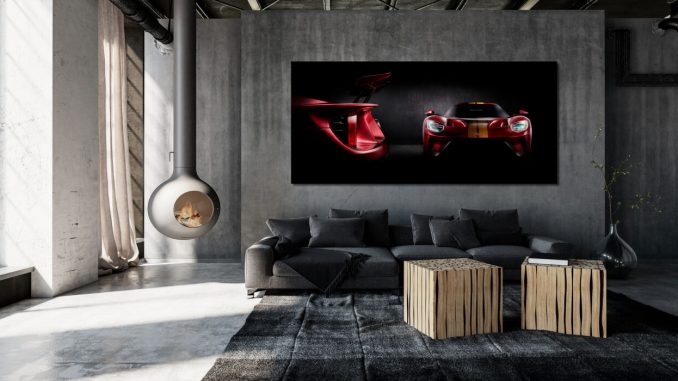
For thousands of years, sculpture has played many roles in the lives of men. Prehistoric people thought that any carved object that resembled a living person or animal must have a magic charm. The first sculpture was most likely created to provide magical assistance to hunters. Statues were employed to depict gods after the birth of civilisation. Ancient monarchs had their likenesses carved, presumably in the goal of immortality, and so portrait sculpture was created.
From beginnings until the present, sculpture has been largely monumental – from Biblical heroes built on the streets of Italian cities to participants of World War II using sculpture to pay tribute to their soldiers.
Today, it seems like sculpture has found its way into our homes.
The Types of Sculpture

Relief sculpture and sculpture in the round are the two types of sculpture.
Relief Sculpture is a type of sculpture characterized by the placement of pictures against a flat background. A coin is an excellent example of relief sculpture since the inscription, date, and figure – occasionally a portrait of a statesman – are elevated slightly above a flat surface. The sculpture is called low relief or bas-relief when the image is only slightly elevated, as with the coin. The ancient Egyptians carved images into flat surfaces on occasion. Sunken relief is a term used to describe this kind of carving. High relief statues are those that are virtually three-dimensional but are nonetheless linked to backdrops.
Using bas relief in contemporary interiors will give a highly desirable sense of perspective and depth to a space. This traditional technique can not only create an iconic architectural factor, but can also create focal points in a room, as well as improve the aesthetics of walls, ceilings, domes, doorways and any other indoor features.
Sculpture in the round refers to freestanding sculpture, attached to no background. Most statues and portrait busts are carved in the round. It is usually categorized into three parts:
- Modeling is accomplished using clay, wax, or any soft, malleable substance. The sculptor adds material and shapes it to the desired shape.
- Carving may be viewed as the inverse of modeling. Rather than adding materials, the sculptor obtains the desired shape by eliminating parts. The sculptor carves a shape from a block of wood or stone with a knife or chisel.
- Until the twentieth century, joining or constructing was not frequently performed. In this approach, the artist constructs a structure out of bits of wood, metal, or plastic. The connecting technique lends itself to the airy, abstract shapes that are fashionable in current times..
Using Sculpture From Ancient Worlds
The earliest civilizations of Egypt, Mesopotamia, the Indus Valley and China gradually expressed their deeply felt beliefs in sculpture. And, so today, these same historical sculpture designs are being inspired for modern interior home design sculptures.
Egypt

Egyptian sculpture and all Egyptian art were based on the belief in a life after death. The pyramids, great monumental tombs at Giza were built for the most powerful early rulers. Life-size and even bigger sculptures carved in slate, alabaster, and limestone were as uniform and straightforward in shape as the tombs themselves. These sculptures, which were placed in temples and burial chambers, were representations of the Egyptian monarchs, nobility, and gods. The Egyptians thought that the dead person’s spirit could always return to these representations.
Today, you’ve got sculptures that can showcase the same ancient Egyptian ideas clearly. Certain features are often combined from various sculptures to symbolize ancient Egyptian ideologies. For example, adding the human head of a pharaoh represent the power of human intelligence.
If you want to know more about ancient sculptures and their uses in modern interiors, come back for part 2.

Leave a Reply